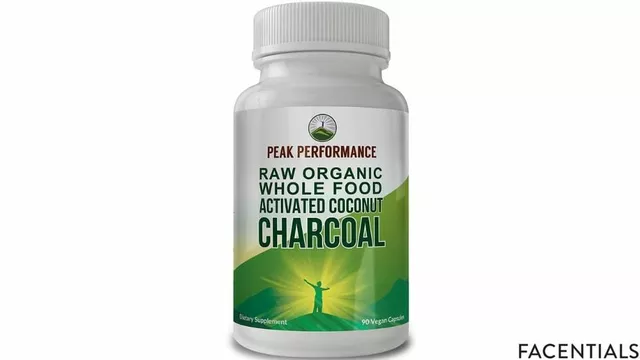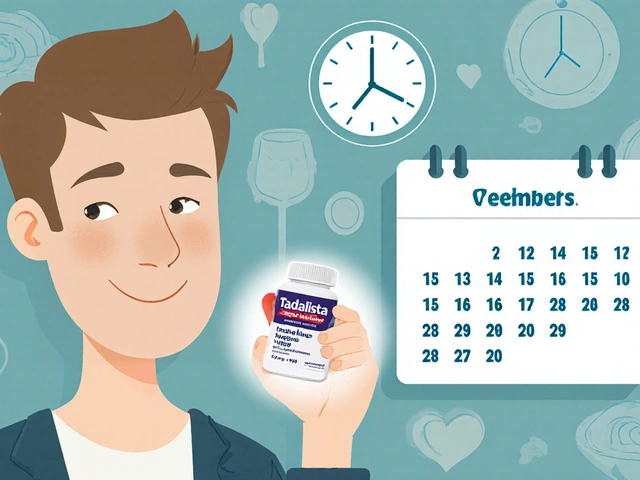Bromhexine: What It Does, How to Use It, and Safety Tips
Bromhexine is a mucolytic medicine that makes thick phlegm thinner so you can clear your airways. People use it for chesty coughs from colds, bronchitis, or other respiratory infections. It’s cheap, widely available, and often sold as tablets, syrup, or syrup with other cold medicines.
How does it work? Bromhexine boosts the production of thinner mucus and helps break down mucus fibers. That makes coughs more productive — meaning you actually bring mucus up instead of coughing dry. It usually takes a few days to notice clearer breathing, but some people feel relief the same day.
How bromhexine works and when to use it
Use bromhexine when you have a chesty cough with thick mucus. It’s not for dry, tickly coughs or for stopping coughing at night. Doctors often recommend it alongside other treatments if you have bronchitis, COPD flare-ups, or sputum-producing infections. Don’t use it as a substitute for antibiotics when you need one — if you have a high fever, shortness of breath, or green pus-like sputum, see a doctor.
Many over-the-counter cold syrups include bromhexine, sometimes combined with expectorants, decongestants, or antihistamines. Check labels so you don’t double up on active ingredients like paracetamol or antihistamines if you take other meds.
Dosage, side effects, and safety tips
Adults commonly take 8–16 mg daily in divided doses, depending on the product. Children’s doses are lower and based on age or weight — always use the dispenser that comes with the syrup or follow your doctor’s directions. Never give adult tablets to small children without advice.
Side effects are usually mild: stomach upset, nausea, or occasional allergic reactions like rash. Stop the medicine and get medical help if you have difficulty breathing, swelling, or a severe rash. If you have liver or kidney problems, ask a doctor before taking it because dosage may need to be adjusted.
Bromhexine can interact with cough suppressants that stop you coughing up mucus — avoid combining them unless a doctor says it’s okay. Also tell your doctor about other medicines you take, especially for chronic lung disease, blood thinners, or powerful enzyme-inhibiting drugs.
Buying and storage: bromhexine is available in many countries as an OTC product, but rules vary. Keep it out of reach of children, store at room temperature away from light, and check expiry dates. If symptoms persist more than a week or get worse, see your healthcare provider — mucus that won’t clear can signal a more serious problem.
Pregnancy and breastfeeding: If pregnant or breastfeeding, ask your doctor before using bromhexine. Some guidelines allow it but doctors weigh benefits vs risks. If you plan surgery, tell the anesthetist since mucus changes may matter. Lastly, if you mix with herbal expectorants keep watch for extra drowsiness and always follow label age limits.
Want to compare options? Ask your pharmacist about alternatives like N-acetylcysteine or ambroxol and which fits your symptoms best. Keep all medicines listed for your next visit.

As a blogger, I recently came across Bromhexine, a medication that has proven to be quite effective in treating post-nasal drip and persistent cough. I was amazed to learn that it works by thinning the mucus in the airways, which makes it easier to cough up and clear out. This not only helps to alleviate the discomfort caused by post-nasal drip, but also aids in reducing the frequency and severity of persistent coughs. I personally think that Bromhexine could be a game-changer for those suffering from these conditions. If you've been struggling with post-nasal drip or a persistent cough, Bromhexine might just be the solution you've been searching for!





